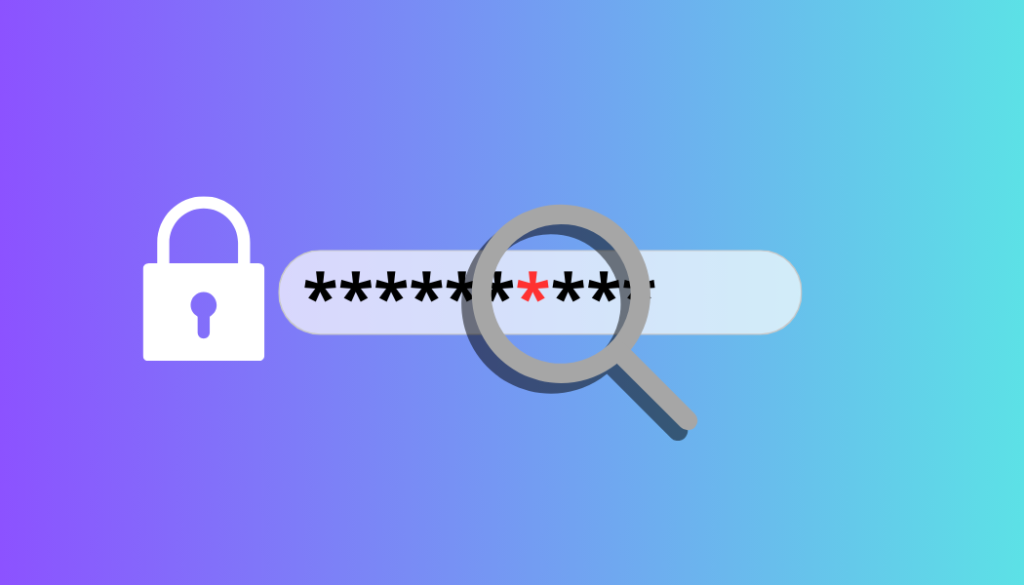Have you ever stopped to ponder what happens behind the scenes when you type in your password on a website? It’s like peeking behind the curtain at a magic show, except in this case, the trickery involves safeguarding your digital secrets. So, let’s pull back that curtain and delve into the fascinating world of password security.

Why Plain Text Passwords Are a Big No-No
Imagine if a website’s user database were as simple as a spreadsheet, with usernames and passwords neatly listed side by side. It sounds convenient, but it’s a security nightmare waiting to happen. Picture this: a malicious hacker gains access to this treasure trove of passwords. With just one breach, they’d have the keys to the kingdom, potentially unlocking not just one website but many others where users foolishly reuse the same passwords.
The Safer Alternative: Hashing
To thwart such nefarious schemes, most modern websites employ a technique called hashing to protect user passwords. Hashing transforms your password into an unintelligible jumble of characters, akin to tossing it into a blender and mixing it beyond recognition. Unlike encryption, there’s no reversing this process. Once hashed, your password is locked away forever, safe from prying eyes.
How Websites Verify Your Password
Now, you might wonder: if websites store hashed passwords, how do they know if you’ve entered the correct one? Well, it’s like a digital game of matching shapes. When you type in your password, the website hashes it and compares the result to the stored hash. If they match, bingo! You’re granted access. If not, you’re left scratching your head at the login screen.
The Importance of Strong Passwords
Armed with this knowledge, don’t skimp on password strength. Think of it as fortifying your digital fortress against would-be intruders. Our random password generator is your trusty sidekick in crafting uncrackable codes, ensuring your online accounts remain impenetrable.
Remember:
- Hashing converts passwords into unreadable strings.
- Websites check hashed passwords for authentication.
- Strong passwords are your best defense against cyber threats.
Frequently Asked Questions
1. Can hash collisions compromise password security?
In theory, yes, but with modern hash functions like SHA, collisions are exceedingly rare and not a significant concern for password security.
2. Why do websites ask for a new password when you forget the old one?
Because they only store hashed passwords, so they can’t retrieve your old password. Asking for a new one ensures security.
3. How often should I change my passwords?
While it’s a good practice to change passwords periodically, focus more on using strong, unique passwords for each account.
4. Is it safe to use a password manager?
Yes, password managers are generally safe and convenient, as long as you choose a reputable one and use a strong master password.
5. What should I do if a website sends me my forgotten password?
Consider it a red flag for poor security practices. Be wary of such websites and prioritize platforms that prioritize your security.
Raspberry pi seedbox vpn
Raspberry Pi seedbox VPN setup involves configuring a Raspberry Pi device to act as a seedbox and connecting it to a VPN for added privacy and security. A seedbox is a remote server used for downloading and uploading digital files, particularly torrents, at high speeds. By setting up a seedbox on a Raspberry Pi, users can enjoy the benefits of torrenting without compromising their privacy.
To set up a Raspberry Pi seedbox VPN, you’ll need:
- Raspberry Pi: Choose a Raspberry Pi model based on your needs and budget.
- MicroSD Card: To install the operating system and software.
- External Hard Drive: For storing downloaded files.
- VPN Subscription: Choose a reliable VPN service like ForestVPN for secure browsing and torrenting.
- Torrent Client: Install a torrent client like qBittorrent or Transmission.
- Operating System: Install a lightweight Linux distribution like Raspbian or Ubuntu Server.
- SSH Client: Enable SSH to remotely access your Raspberry Pi.
Once you have all the necessary components, follow a step-by-step guide to set up your Raspberry Pi seedbox VPN. ForestVPN offers comprehensive tutorials and guides to help you through the process, ensuring a seamless setup experience.
Ready to take your torrenting experience to the next level? Visit ForestVPN to get started with your Raspberry Pi seedbox VPN setup today!


